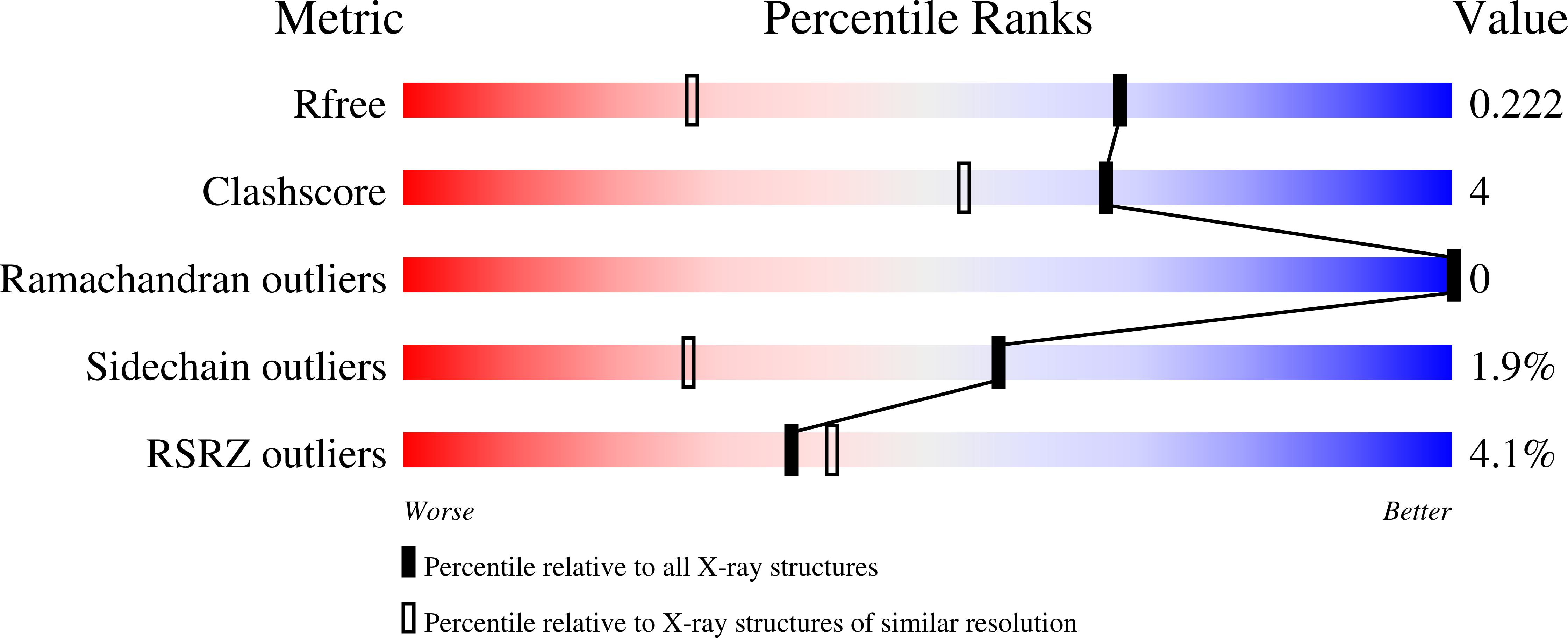Crystal Structures of the Heparan Sulfate-binding Domain of Follistatin: Insights into ligand binding.
Innis, C.A., Hyvonen, M.(2003) J Biol Chem 278: 39969-39977
- PubMed: 12867435
- DOI: https://doi.org/10.1074/jbc.M211284200
- Primary Citation of Related Structures:
1LR7, 1LR8, 1LR9 - PubMed Abstract:
Follistatin associates with transforming growth factor-beta-like growth factors such as activin or bone morphogenetic proteins to form an inactive complex, thereby regulating processes as diverse as embryonic development and cell secretion. Although an interaction between heparan sulfate chains present at the cell surface and follistatin has been recorded, the impact of this binding reaction on the follistatin-mediated inhibition of transforming growth factor-beta-like signaling remains unclear. To gain a structural insight into this interaction, we have solved the crystal structure of the presumed heparan sulfate-binding domain of follistatin, both alone and in complex with the small heparin analogs sucrose octasulfate and D-myo-inositol hexasulfate. In addition, we have confirmed the binding of the sucrose octasulfate and D-myo-inositol hexasulfate molecules to this follistatin domain and determined the association constants and stoichiometries of both interactions in solution using isothermal titration calorimetry. Overall, our results shed light upon the structure of this follistatin domain and reveal a novel conformation for a hinge region connecting epidermal growth factor-like and Kazal-like subdomains compared with the follistatin-like domain found in the extracellular matrix protein BM-40. Moreover, the crystallographic analysis of the two protein-ligand complexes mentioned above leads us to propose a potential location for the heparan sulfate-binding site on the surface of follistatin and to suggest the involvement of residues Asn80 and Arg86 in such a follistatin-heparin interaction.
Organizational Affiliation:
Department of Biochemistry, University of Cambridge, 80 Tennis Court Road, Cambridge CB2 1GA, United Kingdom.

















